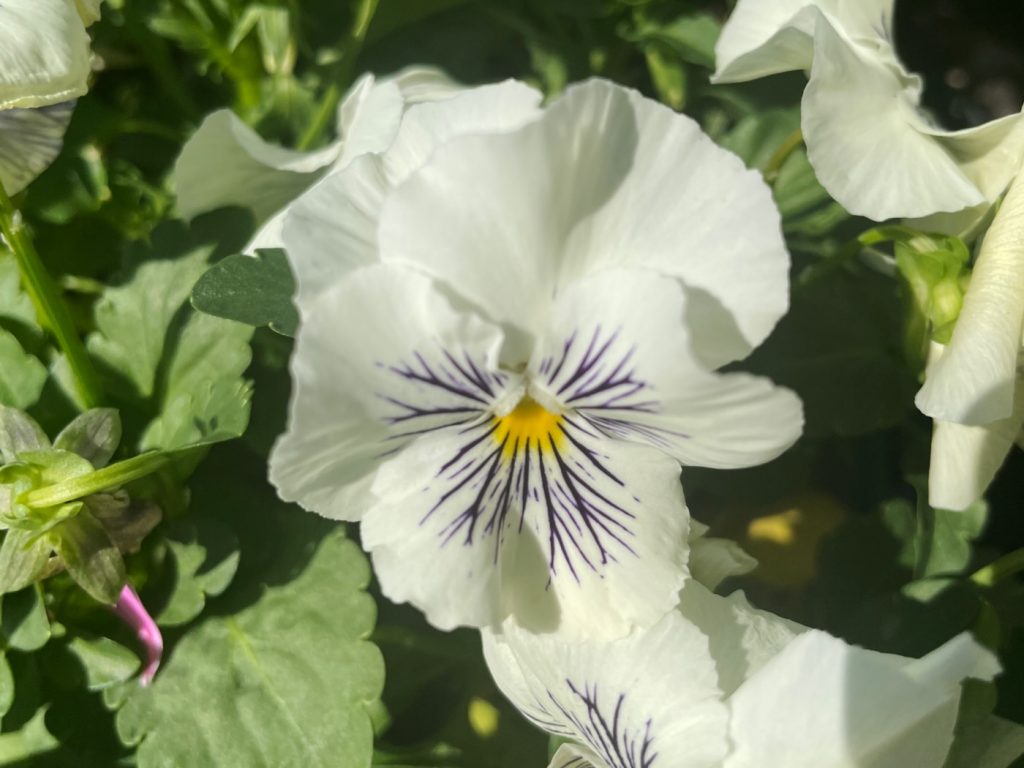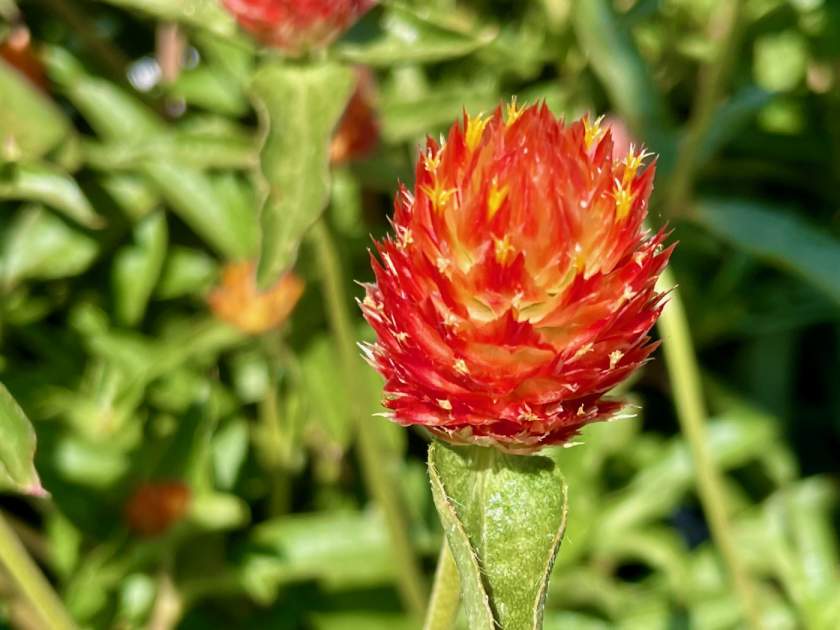Vinca or Catharanthus Roseus, also known as Bright eyes, Cape Periwinkle, Graveyard plant, Madagascar Periwinkle, Old Maid, Pink Periwinkle, and Rose periwinkle, is an enchanting plant belonging to the Apocynaceae family. Native to Madagascar, Catharanthus Roseus has gained popularity under various names, including Vinca in the United States, although botanists have reclassified it from the Vinca family.
This herbaceous subshrub exhibits several distinctive characteristics. Catharanthus Roseus typically reaches a height of 15 to 45 cm (6 to 18 inches) and maintains an evergreen nature, providing year-round foliage. The flowers of Catharanthus Roseus feature five delicate petals and bloom generously throughout the growing season, generally from June until frost or late autumn. Its captivating blooms make it a popular choice for ground cover, bedding displays, and container gardens.
While Catharanthus Roseus faces challenges as an endangered species, it is considered a noxious weed in Australia due to its invasive tendencies. Nevertheless, horticulturists and breeders have cultivated numerous cultivars, resulting in a broader color range and enhanced appeal. Beyond its ornamental value, Catharanthus Roseus serves a significant role in herbal medicine. Moreover, it is renowned as a source of Vincristine and Vinblastine, two essential drugs used in cancer treatments.

How to Grow Vinca or Catharanthus Roseus:
Light and Sun Requirements: Plant Catharanthus Roseus in an area that receives ample sunlight or partial shade. This plant thrives in bright conditions, making it essential to provide it with at least 6 hours of direct sunlight each day.
Soil Conditions: Ensure you plant Catharanthus Roseus in well-drained soil to prevent waterlogging and root rot. This subshrub adapts well to various soil types but thrives in fertile, loamy soil enriched with organic matter.
Watering: While Catharanthus Roseus can tolerate dry conditions and nutrient-deficient soils, it is crucial to water it regularly to keep the soil evenly moist. Avoid overhead watering to prevent leaf diseases and focus on watering at the base of the plant.
Maintenance: Catharanthus Roseus is a relatively low-maintenance plant. While it is often treated as an annual, it is actually a perennial and can be grown as such in suitable climates. Deadheading spent flowers can encourage continuous blooming. Additionally, Catharanthus Roseus is known for its self-seeding ability, allowing it to propagate naturally in the garden.
Pest and Disease Resistance: Catharanthus Roseus exhibits a good level of resistance to pests and diseases. However, keep an eye out for common issues such as aphids, whiteflies, and leaf spot diseases. Implement appropriate measures, such as natural pest control methods or targeted treatments, if necessary.
Propagation:
Catharanthus Roseus can be propagated from seeds or cuttings. Sow the seeds in a controlled environment, preferably in winter, and provide warmth and moisture for successful germination. Cuttings taken in late summer can also root easily. The plant’s self-seeding nature further contributes to its propagation.
Catharanthus Roseus is a versatile and rewarding plant to grow, offering vibrant blooms, hardiness, and potential medicinal benefits. By providing it with proper care and suitable growing conditions, you can enjoy the beauty and resilience of this captivating subshrub in your garden or landscape.






